Trends in Children’s Literature in the United States
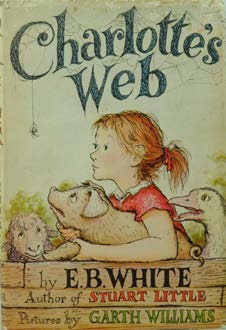
Dr Evelyn B. Freeman
‘Why did you do all this for me?’ he asked. ‘I don’t deserve it. I’ve never done anything for you’. ‘You have been my friend,’ replied Charlotte. ‘That in itself is a tremendous thing’.
– E.B. White, Charlotte’s Web.
This famous quote is from the US modern classic in children’s literature, Charlotte’s Web by E.B. White. It has been almost 70 years since we first met Charlotte and Wilbur and their beloved story of friendship. Children’s literature in the United State has certainly grown and changed since 1952.
Even during a pandemic, children’s book publishing in the United States experienced a growth year in 2020. Sales of print books from January through September 2020 saw an increase from the same period in 2019. Juvenile fiction saw a 9.5% increase and young-adult fiction increased 18.6% (Millot, 2020). Although the juvenile non-fiction category increased by 29.1% and young-adult non-fiction by 36.5%, ‘workbooks’ and ‘adult colouring books’ are considered in these categories respectively, which could skew the numbers. It is clear, however, that children’s book publishing is doing well in the marketplace.
The Cooperative Children’s Book Center at the University of Wisconsin, which maintains statistics on children’s books, received 3,717 new books from US publishers in 2019, compared to 3,335 received in 2018, about an 11% increase in books received (Tyner, 2021).
When Ferelith Hordon asked me to write about current trends in US children’s books, I had many ideas. But I thought it would be prudent to seek suggestions from respected colleagues active in the field of children’s literature. I informally surveyed 12 children’s literature professionals, asking them to name the three to five most significant trends in children’s literature today. They generated more interesting trends than can be discussed here, but I will expand on four of these trends: #OwnVoices; Books about Kindness; Graphic Novels are Now Mainstream; and Picture-Book Biographies. I will then briefly mention some of the other trends that were identified.
#OwnVoices
#OwnVoices was introduced by young-adult author Corrine Duyvis in 2015 to refer to marginalised authors writing about a marginalised character or experience. The term encompasses more than race to include other marginalised groups such as disability, sexual orientation and religion. However, the events of recent years in the United States have propelled issues of race in America into the forefront and has led to this important recent trend – the own voice of these marginalised people. According to the Cooperative Children’s Book Center, in 2019 of the 3,717 new books from US publishers that they received, 884 were written and/or illustrated by Black, indigenous and people of colour (Tyner, 2021).
In 2014, a grassroots group established We Need Diverse Books (diversebooks.org), a non-profit organisation to advocate changes in publishing to produce and promote literature for all young people. The organisation has many programmes, including mentorship for writers of colour.
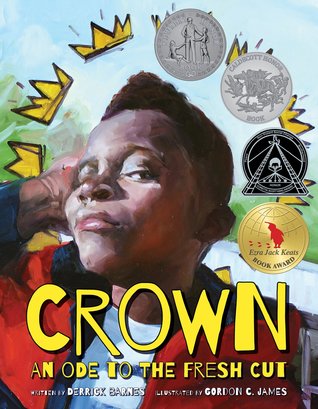
But other pioneers preceded these two efforts. In 1975, Children’s Book Press became the first independent press in the United States to publish children’s books by and about people of colour. In 2012 it became an imprint of Lee & Low. Founded in 1991 by Tom Low and Philip Lee, Lee & Low’s mission is to ‘actively address dearth of multicultural children’s books in the marketplace and make a special effort to work with unpublished authors of color’
(leeandlow.com/about-us). ArtePúblico Press, started in 1979 to publish US Hispanic literature, established Piñata Books, its children’s and young-adult imprint, in 1994. Since then other publishers and imprints of publishers have focused attention on diverse books written by authors of colour. For example, in 2016 Simon & Schuster began Salaam Reads to focus attention on Muslim characters and experiences. Simon & Schuster also brought Denene Millner Books, which had published Crown: An Ode to the Fresh Cut by Derrick Barnes, the recipient of both a 2018 Newbery and Caldecott Honor, into its fold in 2020. Kwame Alexander, Newbery award-winning author, launched Versify as an imprint of Houghton Mifflin Harcourt, and Random House initiated Make Me a World, an imprint with award-winning illustrator Christopher Myers, in 2019. HarperCollins already has the Amistad imprint and launched Heartdrum in 2021, the first indigenous imprint with stories by Native authors.
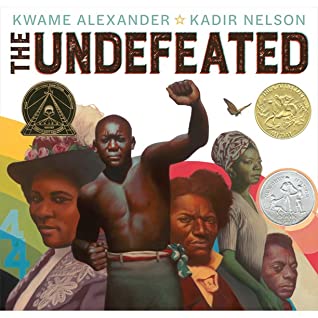
Authors of colour have received prestigious awards in recent years. Jacqueline Woodson, recipient of the 2020 Hans Christian Andersen Award for Writing, had served as the National Ambassador for Young People’s Literature in 2018 and 2019. She was followed in that role by Jason Reynolds, who was appointed in January 2020. Kwame Alexander and Kadir Nelson collaborated on The Undefeated, a magnificent tribute to African Americans, awarded the Caldecott Medal and a Newbery Honor in 2020.
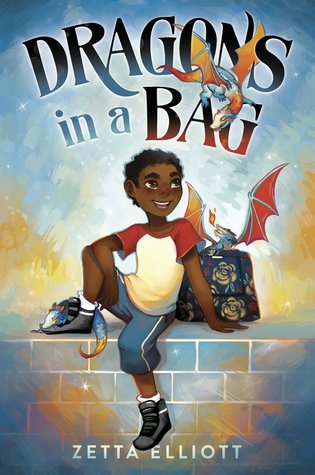
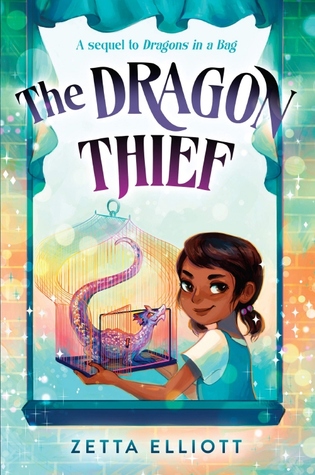
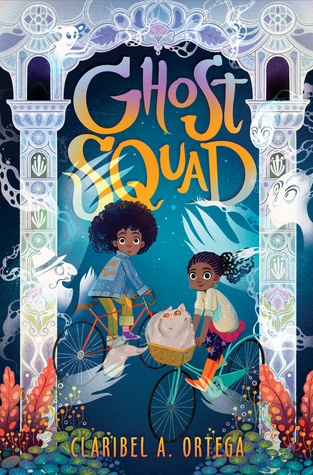
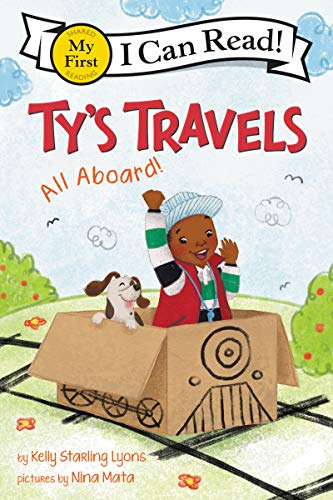
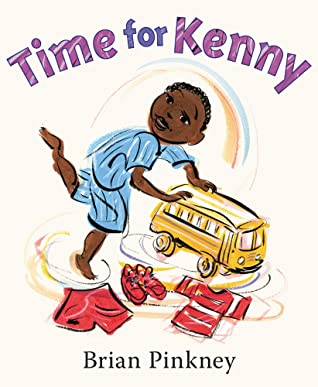
In addition to realistic and historical fiction, picture books, and poetry, more fantasy novels and beginning-reader titles are being written by authors of colour. For example, Zetta Elliott has written a middle-grade urban fantasy series Dragons in a Bag and The Dragon Thief. Claribel A. Ortega infuses elements of her Dominican heritage in her debut middle-grade fantasy Ghost Squad. Author Kelly Starling Lyons wrote the book Ty’s Travels: All Aboard! for the My First I Can Read series of HarperCollins, and award-winning Brian Pinkney has penned Time for Kenny, a book for emergent readers.
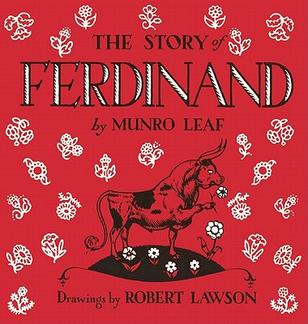
Books about Kindness
The recent trend of kindness as a theme in children’s books reminds us of Jella Lepman, who in 1946 translated The Story of Ferdinand into German and convinced a newspaper to print 30,000 paper copies for distribution as a Christmas gift to the children of Berlin who were suffering severe hardships in post-war Germany. Still in print since 1936, this modern US classic tells the story of the bull who sought a peaceful, non-violent life instead of one in the bullfight ring.
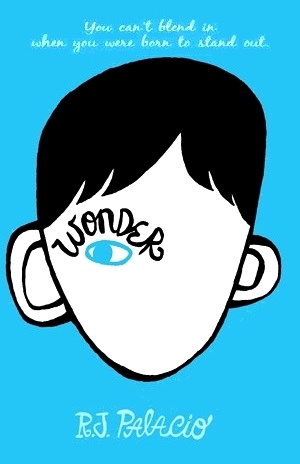
Kindness as a theme was propelled forward by the 2012 publication of Wonder by R.J. Palacio. The middle-grade novel has sold more than 16 million copies worldwide since 2012, translated into 29 languages, and been adapted for film. ‘When given the choice between being right and being kind, choose kind’ (p.48) became a precept in the novel as shared by teacher Mr Browne at Beecher Prep on the first day of school. The message of kindness in Wonder led to the ‘Choose Kind movement’.
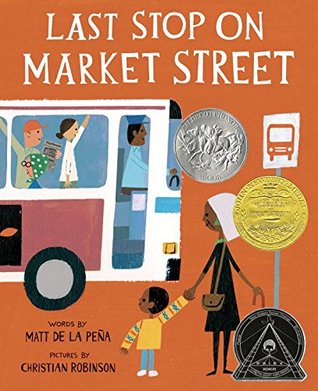
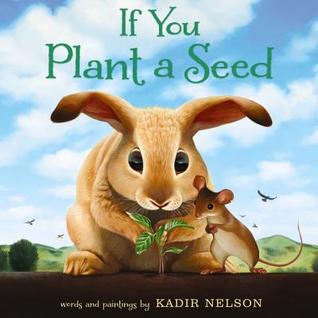
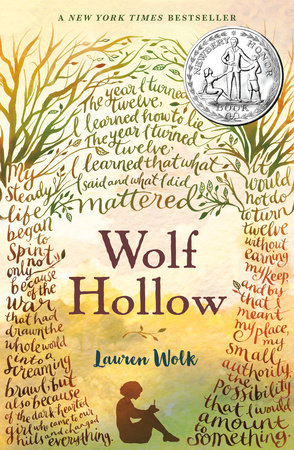
The political, social, and cultural events in the United States over the past several years have increased the attention to kindness as a theme in novels and picture books. Last Stop on Market Street by Matt De La Peña and illustrated by Christian Robinson was awarded the 2016 Newbery Medal and named a Caldecott Honor book that same year. The book tells the story of a little boy accompanying his grandmother on a bus ride to their destination – a soup kitchen where they volunteer. In If You Plant a Seed, award-winning Kadir Nelson uses a garden metaphor and gorgeous illustrations to describe that ‘if you plant a seed of kindness’, it will grow into ‘very sweet’ fruits and vegetables. Lauren Wolk’s Newbery Honor book, Wolf Hollow, set in 1943, recounts the courage of 12-year-old Annabelle to confront bullying and show kindness to a reclusive World War I veteran.
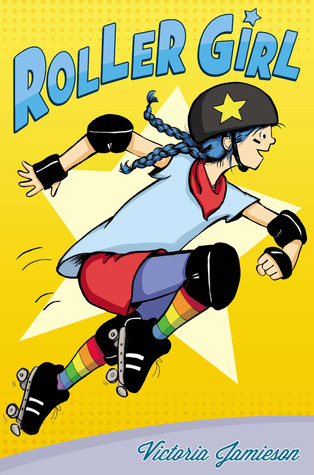
Graphic novels are now ‘mainstream’
The past decade has witnessed a huge increase in the number of graphic novels being published as they have skyrocketed in popularity among US children and teens. Graphic novels have now become ‘mainstream’ in US children’s book publishing. Major children’s book publishers have graphic novel imprints: Graphix at Scholastic; RHGraphic at Random House; Etch at Houghton Mifflin Harcourt. First Second Books publishes graphic novels for all ages and its authors include Shannon Hale, Ben Hatke and Gene Luen Yang. Cartoon and graphic-novel author Gene Luen Yang was named Ambassador of Young People’s Literature in 2016 by the Library of Congress. That same year he received a MacArthur Fellows award, referred to as the ‘genius grant’ by many.
Graphic novels are now winning major children’s literature awards. The graphic novel Roller Girl by Victoria Jamieson was named a Newbery Honor book and the 2020 Newbery was awarded to New Kid, a graphic novel by Jerry Craft. Graphic novels have now assumed their rightful place in US children’s literature.
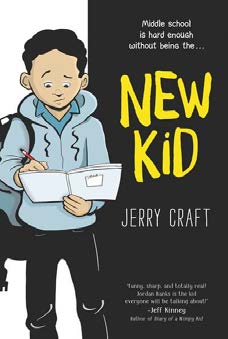
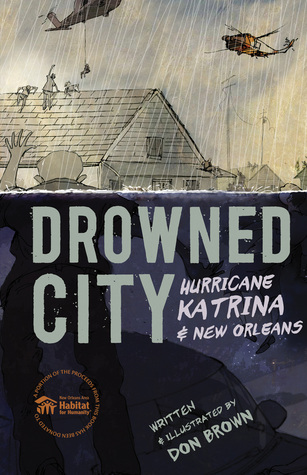
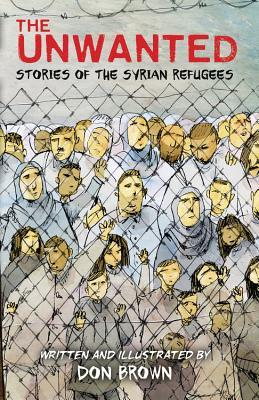
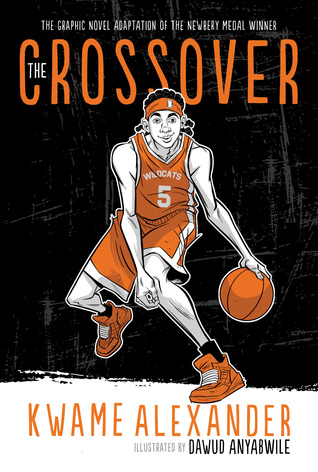
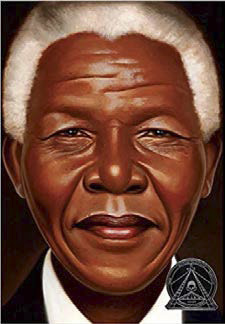
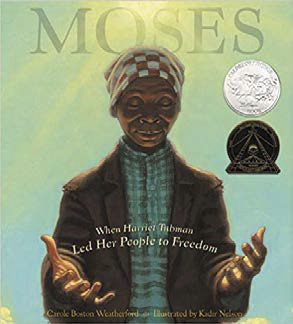
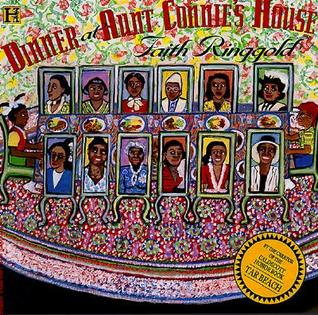
Faith Ringgold is another internationally renowned artist, author of many books for children, a former professor of art and a leading figure in the Feminist Art and Civil Rights movements in the USA. She recently had an acclaimed exhibition at the Serpentine Gallery in London and was the subject of a BBC One Imagine documentary. Like Lawrence, she wanted her work to reach a wider audience through children’s books. She uses her quilts as a building block to explore narratives of herself and others. Dinner at Aunt Connie’s House uses ‘The Dinner Quilt’, constructed in 1986, a mixture of acrylic, fabric and image, and included in the book as the dinner-table scene. Its collection of portraits of twelve significant, courageous, ground-breaking African American women is used to celebrate the message that the dreams of the young Black child can be realised. Ringgold’s works always move between dream and reality, story and fact.
Books about civil rights are another key part of this story, with the illustrations encouraging an empathetic and emotive response. With a focus on the individual bravery and courage of political leaders and civil-rights activists, these books are a model of approaches to biography. An interesting study would be to focus on a person of significance, for example Rosa Parks or Martin Luther King, and compare illustrative approaches. That is beyond the space here but I would commend it as an activity.
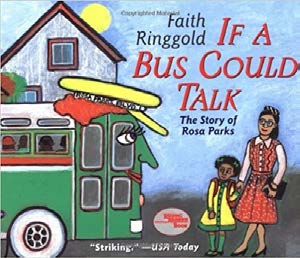
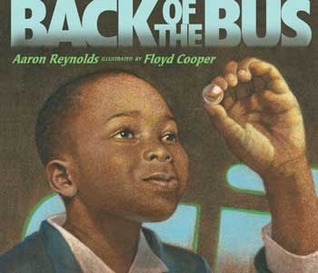
A brief mention also about the arts, where illustrators use imaginative and vibrant approaches to look at dance, art, music and jazz, for example Gary Goli’s Jimi.
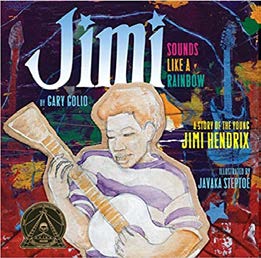
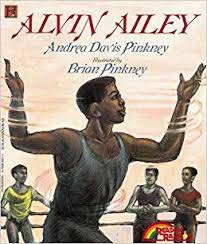
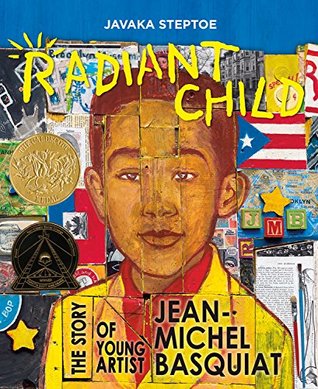
Brian Pinkney went to dance classes before working on his Alvin Ailey book, in which movement is brilliantly captured.
Javaka Steptoe says that the challenge for the illustrator is to reinterpret the artist’s work, to imagine the creative process, for example his Radiant Child.
This is a ‘glimpse’ – there are many others and some personal favourites not mentioned – Ashley Bryan, E.B. Lewis, Michele Wood. The commitment to self-empowerment for children is strong in these books and the diversity of approach and aesthetic is varied and exciting. Racism, the anguish of slavery, violence, are not avoided. Personal empathy and radical, political with a small ‘p’, storytelling, make for powerful illustrations.
Works cited
Millot, Jim (2020) The Surprise Continues. Publishers Weekly, 12 October 2020, p.4.
Tyner, Madeline (2021) The CCBC’s Diversity Statistics: New Categories, New Data. The Horn Book Magazine, January/February 2021, pp.47–51. https://www.hbook.com/?detailStory=the-ccbcs-diversity-statistics-new-categories-new-data.
Children’s books cited
Alexander, Kwame (illus. Dawud Anyabwile) (2019) The Crossover (Graphic Novel). Boston, MA: Houghton Mifflin Harcourt.
Alexander, Kwame (illus. Kadir Nelson) (2019) The Undefeated. Boston, MA: Versify.
Barnes, Derrick (illus. Gordon C. James) (2017) Crown: An Ode to the Fresh Cut. Evanston, IL: Bolden Books.
Brown, Don (2015) Drowned City: Hurricane Katrina & New Orleans. Boston, MA: Houghton Mifflin Harcourt.
Brown, Don (2018) The Unwanted: Stories of the Syrian Refugees. Boston, MA: Houghton Mifflin Harcourt.
Buzzeo, Toni (illus. Diana Sudyka) (2019) When Sue Found Sue: Sue Hendrickson Discovers Her T. Rex. New York: Abrams Books for Young Readers.
Callender, Kacen (2020) King and the Dragonflies. London: Scholastic.
Craft, Jerry (2019) New Kid. New York: Quill Tree Books.
De La Peña, Matt (illus. Christian Robinson) (2015) Last Stop on Market Street. New York: G.P. Putnam’s Sons.
Elliott, Zetta (illus. Geneva B) (2018) Dragons in a Bag. Manhattan, NY: Random House.
Elliott, Zetta (Illus. Geneva B.) (2019) The Dragon Thief. Manhattan, NY: Random House.
Jamieson, Victoria (2015) Roller Girl. New York: Dial Books.
Latham, Irene and Karim Shamsi-Basha (illus. Yuko Shimizu) (2020) The Cat Man of Aleppo. New York: G.P. Putnam’s Sons.
Leaf, Munro (illus. Robert Lawson) (1936) The Story of Ferdinand. New York: Viking.
Levy, Debbie (illus. Elizabeth Baddeley) (2016) I Dissent: Ruth Bader Ginsburg Makes Her Mark. New York: Simon & Schuster Books for Young Readers.
Lyons, Kelly Starling (illus. Nina Mata) (2020) Ty’s Travels: All Aboard. New York: HarperCollins.
Marsh, Sarah Glenn (illus. Gilbert Ford) (2020) Alice Across America: The Story of the First Women’s Cross-Country Road Trip. New York: Henry Holt.
Nelson, Kadir (2015) If You Plant a Seed. New York: HarperCollins.
Ortega, Claribel A. (2020) Ghost Squad. Wilkinsburg, PA: Scholastic Press.
Palacio, R.J. (2021) Wonder. Manhattan, NY: Random House.
Pinkney, Brian (2021) Time for Kenny. New York: Greenwillow Books.
Scott, Jordan (illus. Sydney Smith) (2020) I Talk Like a River. New York: Neal Porter Books.
Steptoe, Javaka (2016) Radiant Child: The Story of Young Artist Jean-Michel Basquiat. New York: Little, Brown, and Company.
Sweet, Melissa (2011) Balloons Over Broadway: The True Story of the Puppeteer of Macy’s Parade. Boston, MA: Houghton Mifflin. Harcourt.
Tonatiuh, Duncan (2019) Soldier for Equality: José de la Luz Sáenz and the Great War. New York: Abrams Books for Young Readers.
Weatherford, Carole Boston (illus. Ekua Holmes) (2015) Voice of Freedom: Fannie Lou Hamer. Somerville, MA: Candlewick Press.
White, E.B. (illus. Garth Williams) (1952) Charlotte’s Web. New York: Harper & Brothers.
Wolk, Lauren (2016) Wolf Hollow. New York: Dutton.
Dr Evelyn B. Freeman is Professor Emerita at The Ohio State University in Columbus, Ohio. She currently serves as president of the US national section of IBBY (USBBY). She has co-authored four books, numerous book chapters and academic journal articles on topics related to children’s literature. A past editor of Bookbird: A Journal of International Children’s Literature, she is currently secretary of the Bookbird, Inc. Board. She served on the IBBY Executive Committee for four years and as IBBY vice-president for two years.
